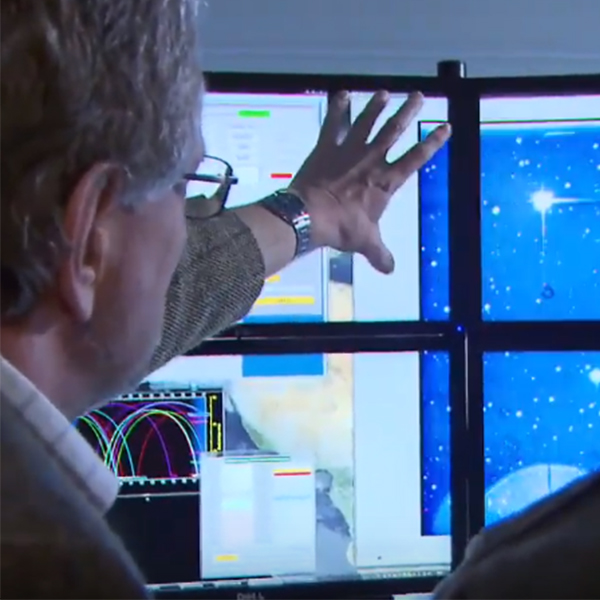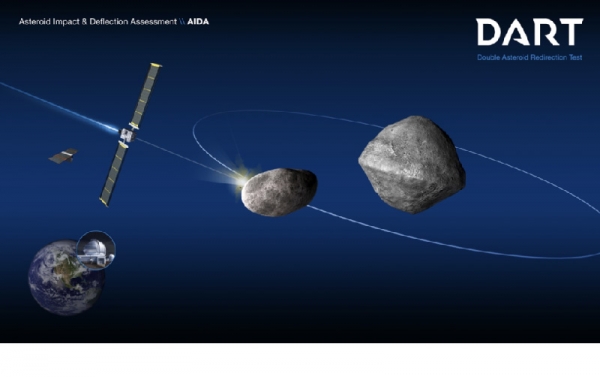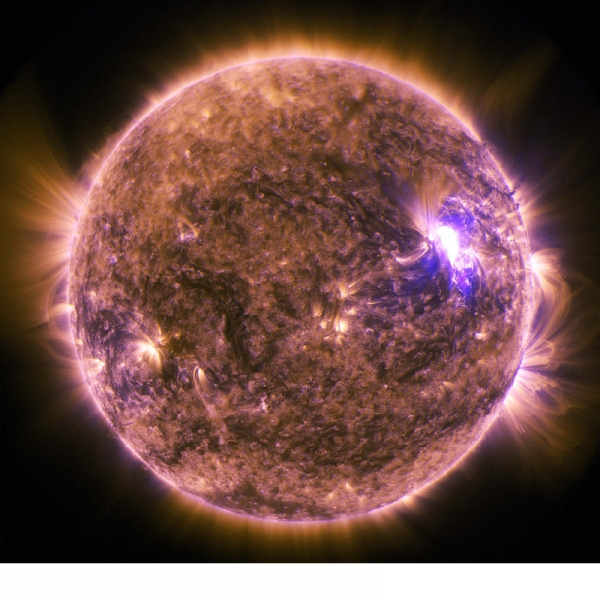Dealing with Asteroids and Other Space Hazards

Screen capture from the video “Dealing With Asteroids and Other Space Hazards” from the European Space Agency

Screen capture from the video “Dealing With Asteroids and Other Space Hazards” from the European Space Agency
8.3
How does this align with my curriculum?
Curriculum Alignment
AB
6
Science 6 (2023)
Space: Understandings of the living world, Earth, and space are deepened by investigating natural systems and their interactions.
BC
9
Science Grade 9 (June 2016)
Big Idea: The biosphere, geosphere, hydrosphere, and atmosphere are interconnected, as matter cycles and energy flows through them.
YT
9
Science Grade 9 (British Columbia, June 2016)
Big Idea: The biosphere, geosphere, hydrosphere, and atmosphere are interconnected, as matter cycles and energy flows through them.
BC
11
Earth Sciences 11 (June 2018
Big Idea: Astronomy seeks to explain the origin and interactions of Earth and its solar system.

